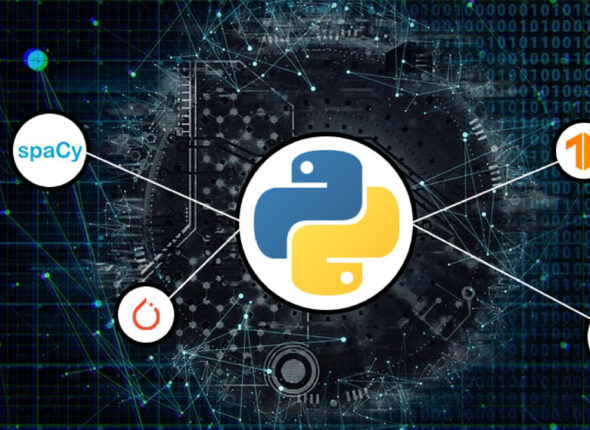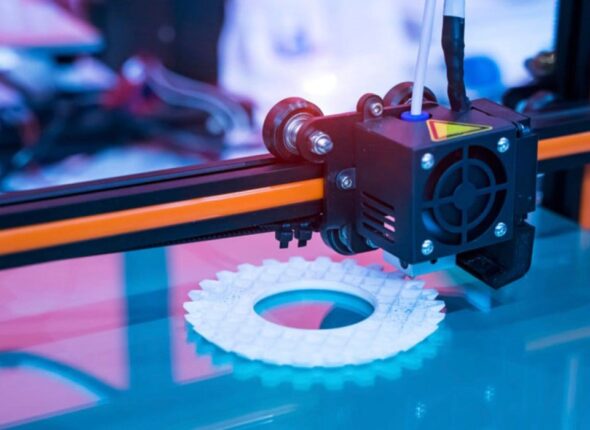
Introduction to PLC & Automation
Course Description
The Introduction to PLC & Automation short-term course provides a comprehensive understanding of Programmable Logic Controllers (PLCs) and their application in automation systems. This hands-on program equips participants with essential knowledge and practical skills to design, program, and troubleshoot automated industrial processes.
What You’ll Learn From This Course
- Fundamentals of Automation: Learn about the basics of automation, understanding its importance in modern industries and applications.
- Introduction to PLCs: Explore the architecture and operation of PLCs, grasping their role as the brain of automation systems.
- PLC Programming Languages: Develop proficiency in programming PLCs using ladder logic, structured text, and function block diagram.
- PLC Hardware and Interfacing: Gain hands-on experience with PLC hardware components and learn how to interface them with sensors, actuators, and other devices.
- Industrial Sensors and Actuators: Study various sensors and actuators commonly used in automation, understanding their principles and applications.
- Human-Machine Interface (HMI): Learn to design user-friendly HMIs to monitor and control automated processes effectively.
- PLC Communication Networks: Explore communication protocols like Modbus and Ethernet/IP, enabling seamless data exchange between PLCs and other devices.
- PLC Troubleshooting: Acquire skills to diagnose and resolve issues in PLC-based automation systems, ensuring smooth operation.
- Safety in Automation: Understand safety considerations and standards in industrial automation to prevent accidents and ensure worker well-being.
Certification
Get industry-relevant certificates recognized by STED Council on successful completion of the course.
The curriculum is empty










